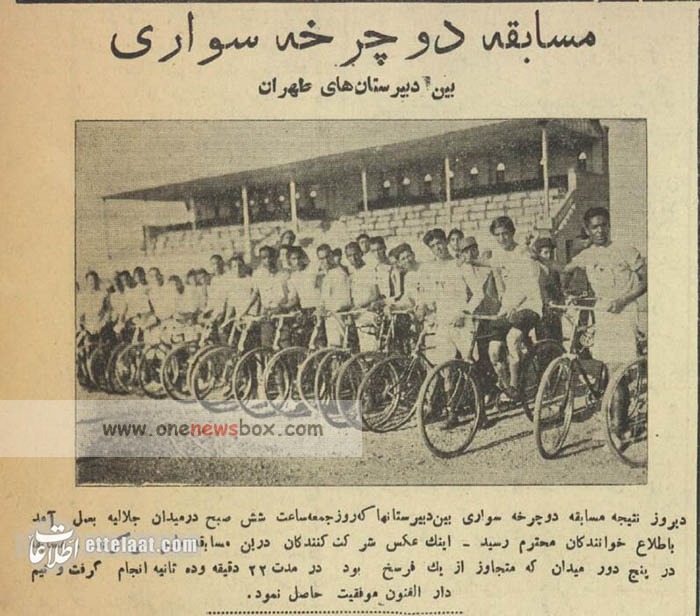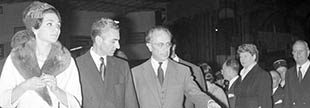Laleh Park: A Legacy of History, Culture, and Green Urbanism in Tehran
Introduction
In the heart of Tehran lies one of its oldest and most cherished green spaces: Laleh Park. Known before the 1979 Iranian Revolution as Farah Park, this 35-hectare oasis is more than just a recreational area—it is a living chronicle of Iran’s urban evolution, political transitions, artistic endeavors, and ecological planning. Established at the request of Farah Pahlavi, the last Shahbanu (empress) of Iran, the park was envisioned as a place where modern urban life could harmonize with cultural enrichment and nature preservation. From its early days as Jalalieh Garden, a military training ground, to becoming one of the capital’s central parks, Laleh Park has retained a symbolic and functional place in Tehran’s urban fabric.
From Jalalieh Garden to Farah Park: A Historical Transformation
Before becoming the beloved Laleh Park of today, the area was known as Jalalieh Garden—an expanse used primarily by the Imperial Army for equestrian drills, military parades, and public displays of power. Historical photographs from 1948 even show Mohammad Reza Pahlavi, the last Shah of Iran, inspecting troops at this very site. The military identity of the area began to change in the early 1960s, during a time of massive modernization efforts in Iran spearheaded by the Pahlavi regime.
In 1964, as part of a broader plan to bring public cultural institutions and green areas to Tehran’s increasingly dense urban environment, Farah Pahlavi proposed the transformation of the military field into a public park. The Ministry of Development and Housing, under the direction of the Shah’s government, was tasked with developing the land. After an exchange deal with the Ministry of Finance, the land was officially transferred from the army and reallocated for public use.

